Corrosion affects many industries and products, reducing their lifespan and functionality. To address this issue, methods like zinc plating and hot-dip galvanizing were developed to provide steel and iron with protective corrosion-resistant coatings. While zinc plating and galvanizing have similarities, there are key differences between them in terms of process, coating characteristics, and appropriate applications. This guide aims to clearly define zinc plating and hot-dip galvanizing processes, point out the key differences between them, and outline when each one is most suitable to help inform important decisions around corrosion protection for steel products and components.
What is Zinc-Plated Steel?
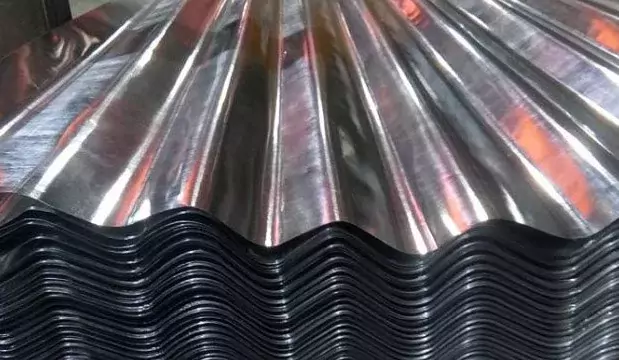
Zinc-plated steel involves applying a thin layer of zinc to the surface of steel to protect it against corrosion. The zinc layer sacrifices itself by reacting with oxygen when exposed to moisture in the atmosphere, forming an impervious zinc carbonate film over the steel’s surface that further prevents oxygen from reaching and corroding the steel underneath.
The process of making zinc-plated steel, known as zinc electroplating or zinc plating, is done by immersing cleaned steel parts in a bath of acid containing zinc and applying an electrical current. This causes zinc ions to deposit onto the exposed steel surface up to a maximum coating thickness of 25 microns. The resulting coating is shiny and smooth.
The benefits of zinc plating include good corrosion resistance and affordability compared to other methods. The main drawback is that the thin zinc layer offers only temporary corrosion prevention for up to 2 years before reapplying is needed in extreme environmental conditions. The thin coating can also easily wear off or become damaged during handling.
What is Galvanized Steel?
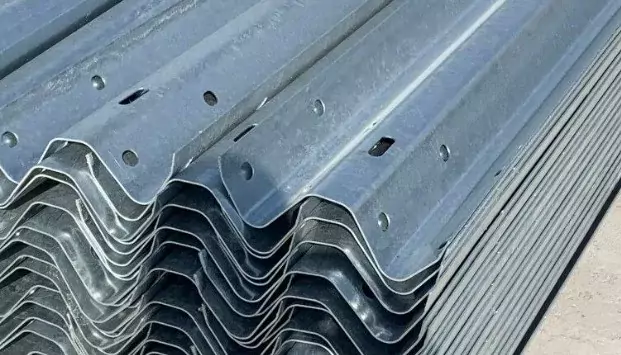
Galvanized steel involves applying a thick layer of zinc to steel through the process of hot-dip galvanizing to provide superior long-term corrosion resistance compared to other methods. During hot-dip galvanizing, cleaned steel parts are fully immersed in a bath containing molten zinc at a temperature of around 450°C. The steel reacts with the molten zinc, forming strong metallurgical bonds between the zinc and steel surface which cannot easily be broken.
As hot-dip galvanized steel is exposed to oxygen, the zinc reacts similarly to zinc plating to form a durable protective layer, providing cathodic protection by sacrificing itself before the underlying steel can corrode. The resulting grey dull zinc coating is much thicker than electroplated zinc at a minimum of 50 microns up to 200 microns thickness in severe marine environments.
The key benefits of hot-dip galvanizing include long-term corrosion protection of over 50 years, as well as excellent damage and abrasion resistance compared to other methods. Drawbacks include higher cost and unsuitability for some fabrication processes requiring welding or bending after application.
What is the difference between zinc plated and galvanized?
While zinc plating and hot-dip galvanizing both protect steel from corrosion through sacrificial zinc coatings, there are several key differences between these two methods:
- Application Method: involves applying a thin zinc layer to cleaned steel electrochemically in an aqueous solution, while hot-dip galvanizing is applied by dipping steel into a molten zinc bath to alloy zinc to the steel.
- Coating Thickness: results in a very thin 5-25 micron coating, while hot-dip galvanizing produces a much thicker 50-200 micron coating.
- Corrosion Protection Lifespan: protects steel from corrosion for approximately 1-5 years before reapplication is needed. In contrast, hot-dip galvanized steel lasts over 50 years even in harsh outdoor environments.
- Coating Appearance: produces an attractive shiny silver coating, while hot-dip galvanizing results in a matte gray finish.
- Suitability for Further Fabrication: Parts can still be welded or bent after plating without damage, while hot-dip galvanized parts may require fabrication first before galvanizing.
In terms of practical use cases, zinc plating is ideal for small low-carbon indoor steel parts with temporary corrosion resistance needs, like fasteners, wire products, and light fixtures. Hot-dip galvanizing provides superior long-term protection for steel structures constantly exposed to corrosive outdoor environments like bridges, utility poles, fences, and exterior building cladding.
Which is better galvanized or zinc plated?
It’s galvanised or zinc plated
. Galvanisation provides superior protection against corrosion compared to zinc plating. The process of galvanisation results in a metallurgical bond between zinc and steel, which enhances the corrosion resistance.
Is zinc plated OK for outdoor use?
Galvanised steel would provide better protection in outdoor environments where the coating is exposed to the atmosphere. The zinc plated coating is fairly thin at a maximum of 25μm, so the base metal could start to rust or corrode if the coating is damaged.
Is zinc-plated steel rust proof?
No, zinc-plated steel is not completely rust proof. The thin zinc coating protects the steel and enhances corrosion resistance, but it can be damaged over time which could expose the steel to rust and corrosion. Galvanised steel would provide superior protection in outdoor applications.
Does zinc last longer than galvanized?
No, galvanised steel lasts longer than zinc plated
steel. The hot-dip galvanisation process results in a thicker, more durable metallurgical bonding between the zinc and steel. This provides better protection against corrosion compared to the thin zinc layer applied in zinc plating.
What are the disadvantages of zinc plating?
The disadvantages of zinc plating compared to hot-dip galvanisation is that the layer of zinc is thinner at a maximum of 25μm, it does not bond metallurgically to the base metal, and it provides less corrosion protection if the coating gets damaged. It may require more frequent replacements or recoating.
Is zinc as strong as galvanized?
No, zinc plating is not as strong and protective as hot-dip galvanisation. Galvanised steel involves coating the steel with a thicker layer of zinc by immersing in a bath of molten zinc at around 450°C. This causes a metallurgical bond between the zinc and steel, resulting in superior corrosion resistance.
How long do zinc-plated screws last outside?
Zinc-plated screws can last 1-5 years outside depending on the environment and whether the zinc coating gets damaged. Galvanized screws would last longer with 10-15+ years due to the thicker zinc coating and stronger metallurgical bond to the base metal.
How long does zinc take to rust?
On its own, pure zinc can take over 20 years to start rusting significantly when exposed to the weather. However, on zinc plated steel, the thinner zinc coating could expose the steel base metal within 1-5 years if damaged, allowing rust and corrosion to occur earlier. With hot-dip galvanisation, it could take 15-100 years before corrosion penetrates the coating.
Conclusion
Understanding the key differences between zinc plating and hot dip galvanizing processes allows for informed decisions when choosing methods to protect steel products and structures from corrosion damage. Zinc plating delivers a cost-effective temporary corrosion resistant coating, while hot-dip galvanizing provides superior long-term corrosion prevention under harsh conditions. Consider coating thickness, expected lifespan, suitability for further fabrication, and appearance needs when deciding between these two methods. With this guide covering process details, comparisons, and real-world applications for zinc and galvanized steel coatings, the differences between them should now be clear.
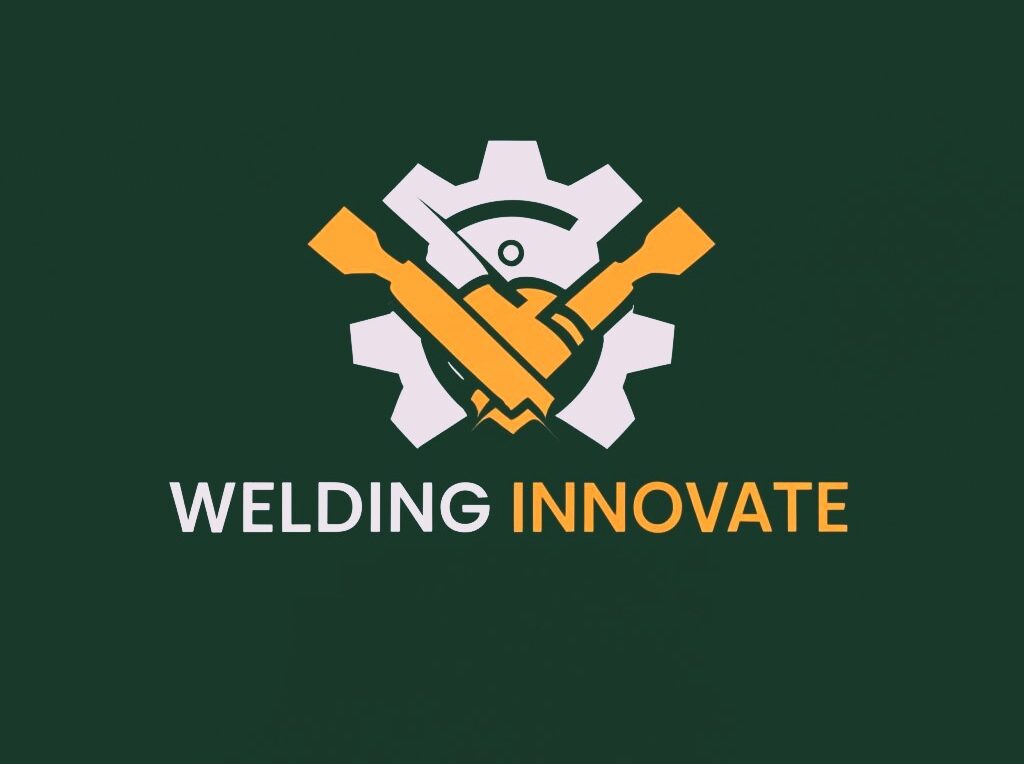
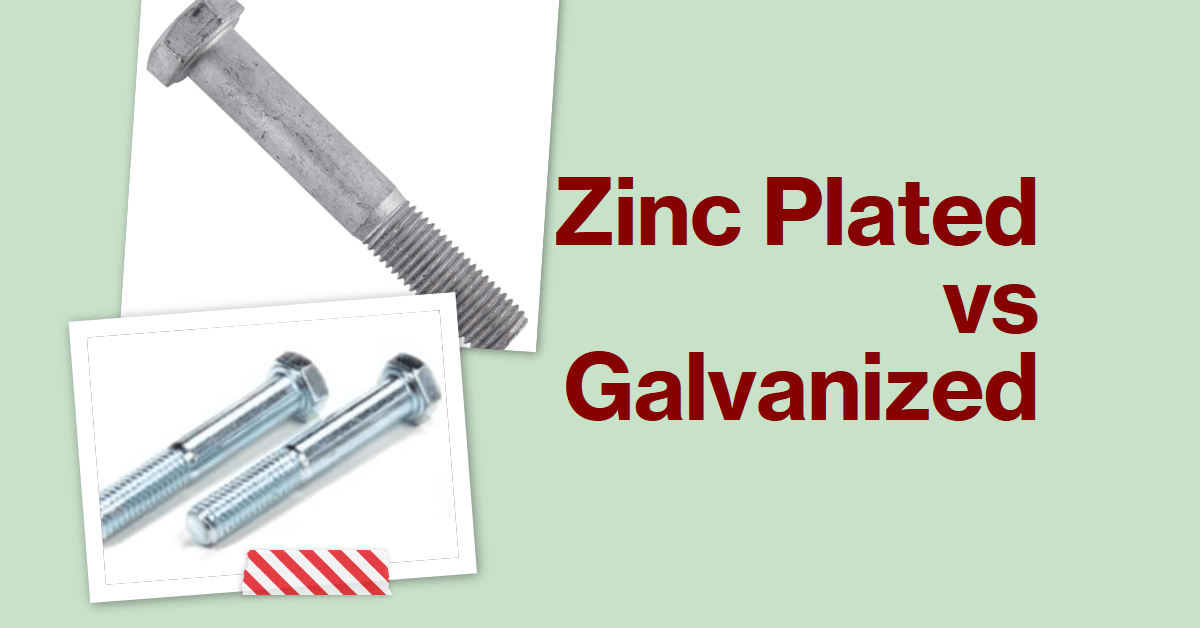
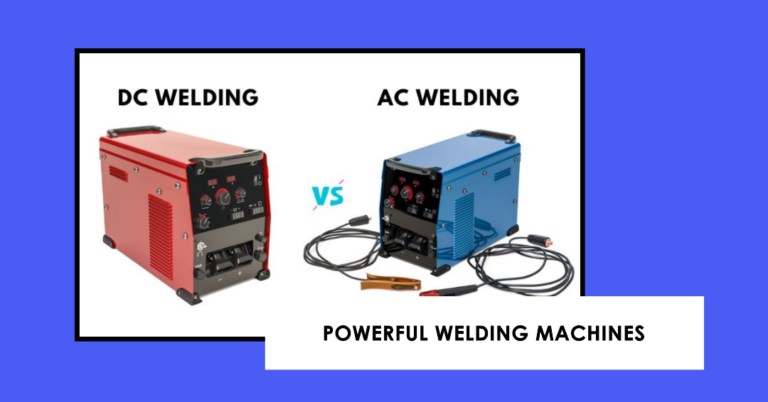
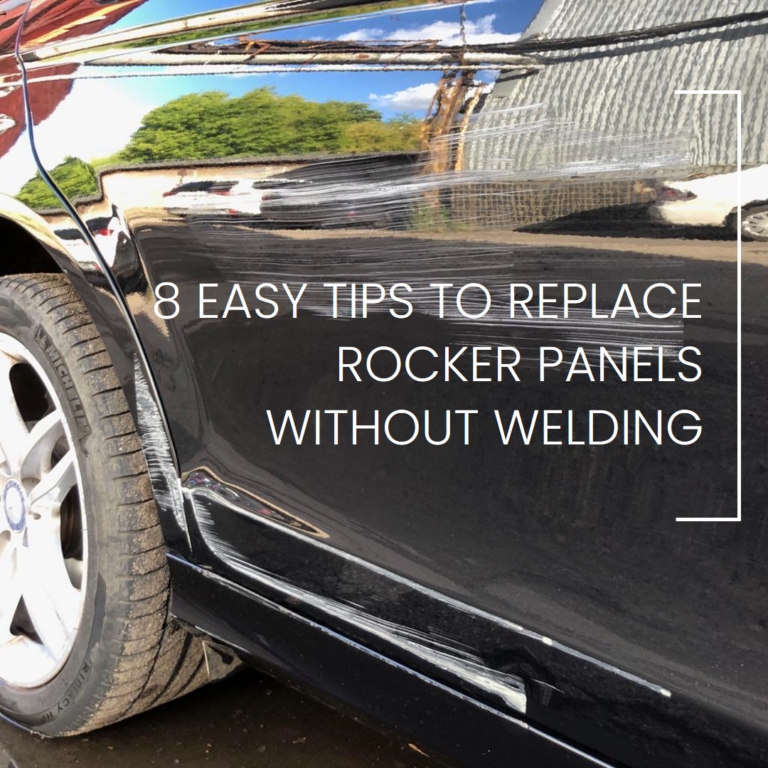
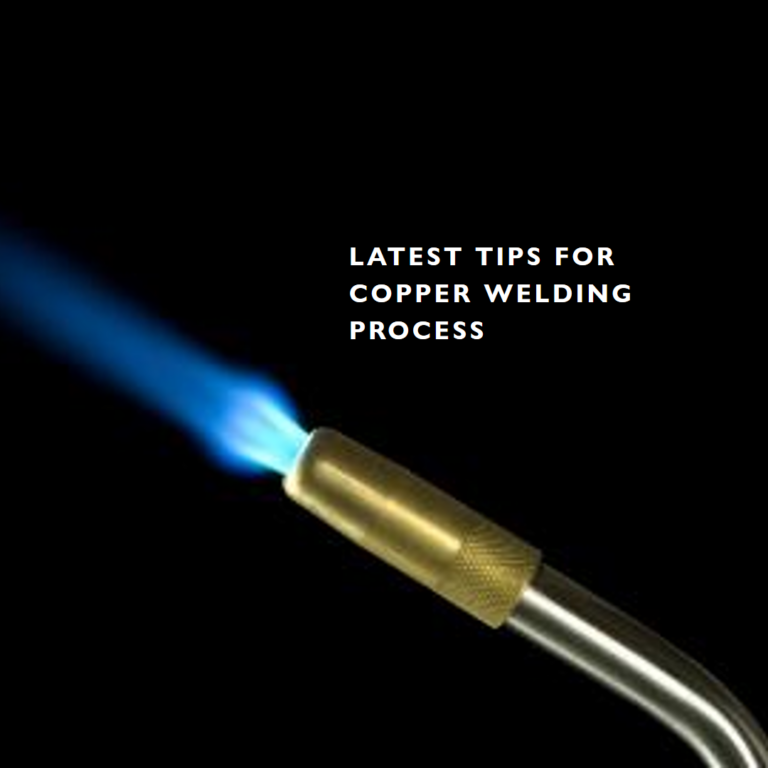
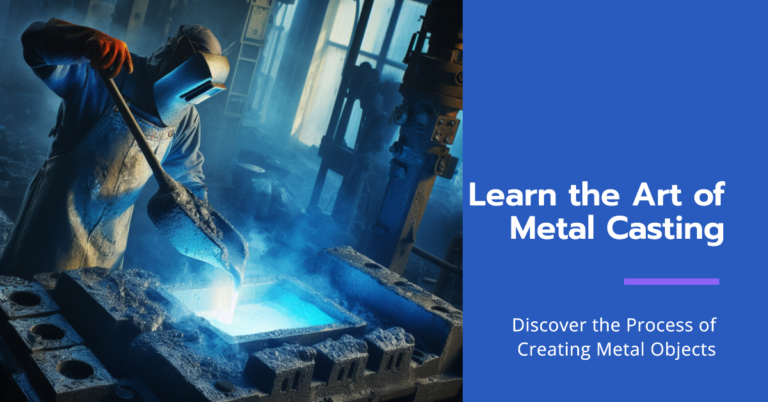

![How Much Do Underwater Welders Make [Avg Salary 2024] How Much Do Underwater Welders Make [Avg Salary 2024]](https://welding-world-awards.com/wp-content/uploads/2023/12/underwater-welding-salaries-768x768.png)